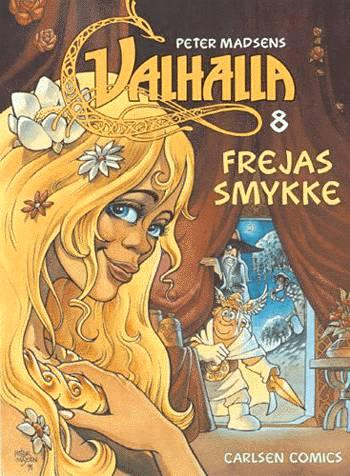Discovering Valhalla: The Hall of the Slain in Norse Mythology

Introduction to Valhalla
Valhalla, or Valholl, stands as one of the most iconic symbols in Norse mythology, revered as the hall where slain warriors are taken after death. Its importance permeates not only ancient Norse beliefs but also contemporary culture, influencing literature, video games, and media. Understanding Valhalla offers insights into the values of bravery, honour, and the afterlife within the Viking Age.
The Role of Valhalla in Norse Beliefs
According to Norse mythology, Valhalla is ruled by Odin, the Allfather, and is located in Asgard. The hall is depicted as a grand place filled with endless feasting, where warriors, known as the Einherjar, engage in daily battles preparing for Ragnarok, the end of the world. Those who died in combat, honouring their valor on the battlefield, were believed to be chosen by the Valkyries, warrior maidens serving Odin, and taken to Valhalla. This belief reflected the Norse ethos that valor in battle was the highest virtue.
Valhalla in Modern Culture
In recent years, Valhalla has transcended its mythological roots, appearing in various forms of entertainment and popular culture. Video games such as Assassin’s Creed Valhalla and God of War have brought renewed interest to Norse myths, allowing a new generation to explore the themes surrounding Valhalla. Literature, including novels and comic adaptations, has also drawn upon the imagery and ideals of Valhalla, contributing to its place in modern storytelling.
Conclusion: The Enduring Legacy of Valhalla
Valhalla continues to hold significant cultural relevance, symbolising the warrior spirit and the belief in honouring the dead. As our understanding of the Norse legacy evolves, so too does our interpretation of Valhalla. The fascination with this mythical hall reflects not only an interest in ancient beliefs but also a yearning for a deeper understanding of courage, sacrifice, and destiny in our own lives. As we look ahead, Valhalla’s legacy is likely to inspire further explorations into the rich tapestry of Norse mythology.
